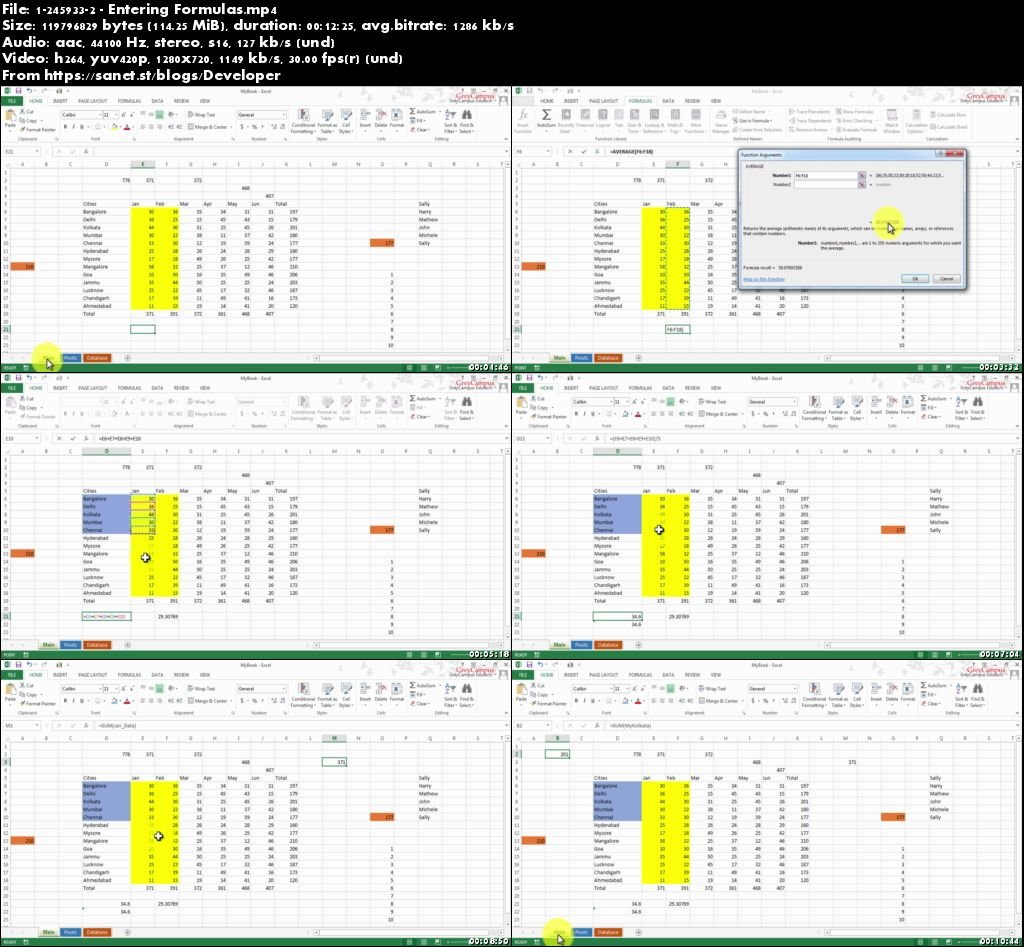


Static data is use to describe a snapshot of data that will remain fixed. The main decision to be made here is around whether you need the data to update on its own or not. In Excel, you can import data from many sources. In the below example, an ice cream store owner uses a data table to track how many ice cream cones are sold each day, by flavour. The values from the table can help you answer different questions depending on the context of your data set. This is most commonly referred to as a data “set”. The steps to analysing data in excel are as follows Ī data table is a range of cells composed of rows and columns, where you can change values in all or some of the cells. Navigating the program without instruction can be challenging, so we’ve consolidated the most asked questions on analysing data using Excel here. While it doesn’t offer the same analysis functionality as coding languages such Python or R, it does offer a highly accessible, user-friendly solution to conducting basic analysis. Excel is Microsoft’s powerful tool used for spreadsheets, data visualisation and analysis.


 0 kommentar(er)
0 kommentar(er)
